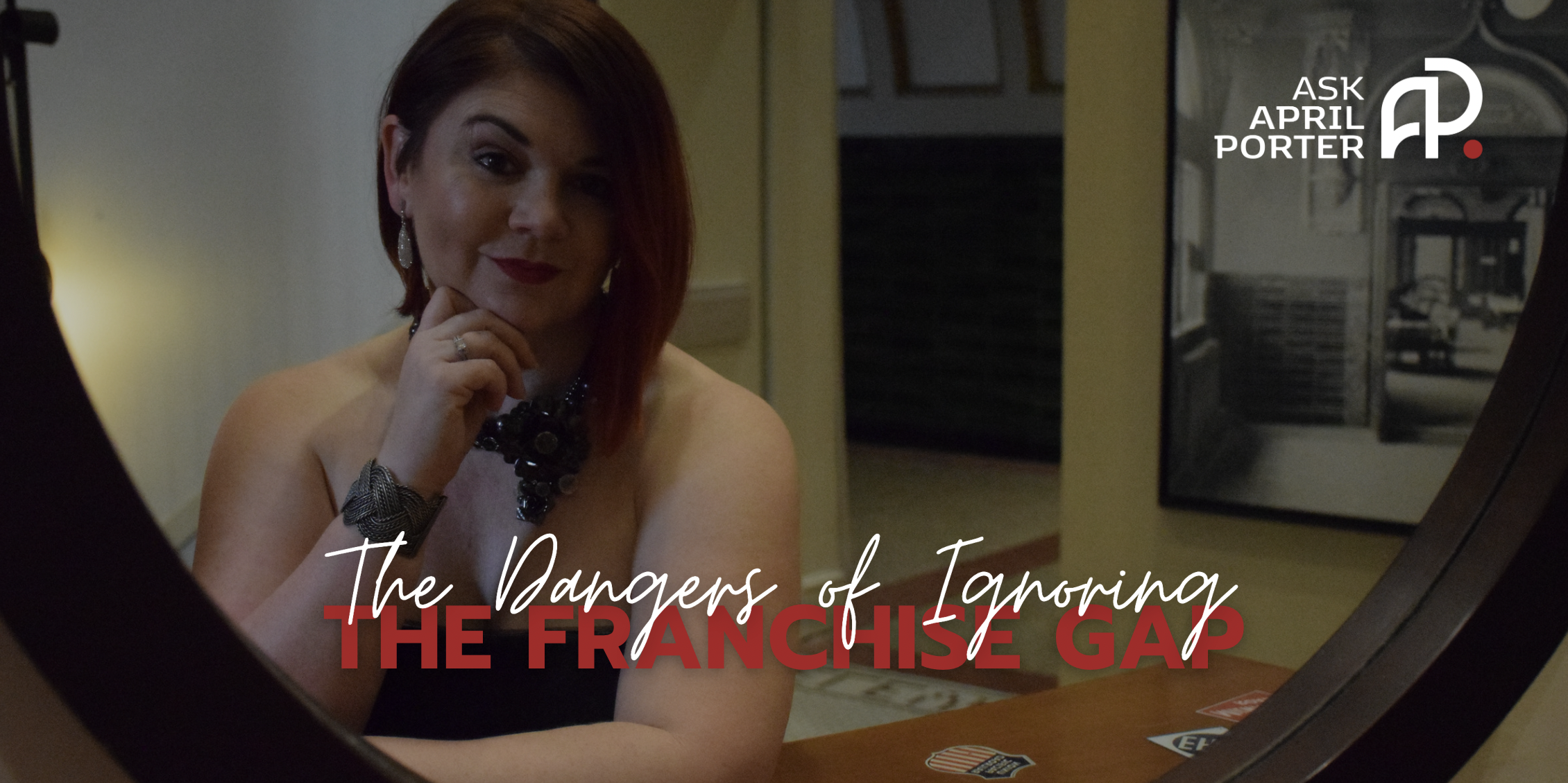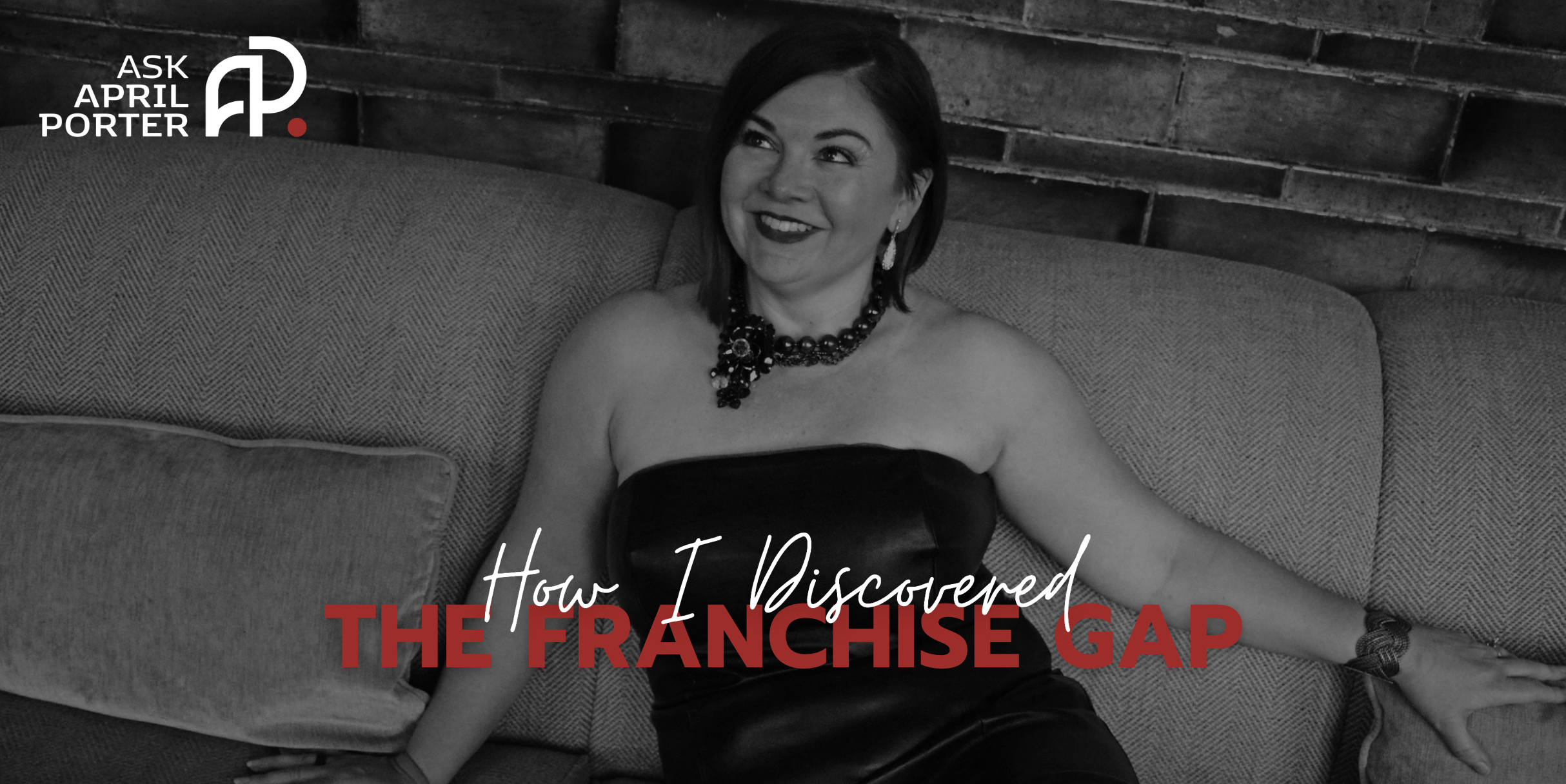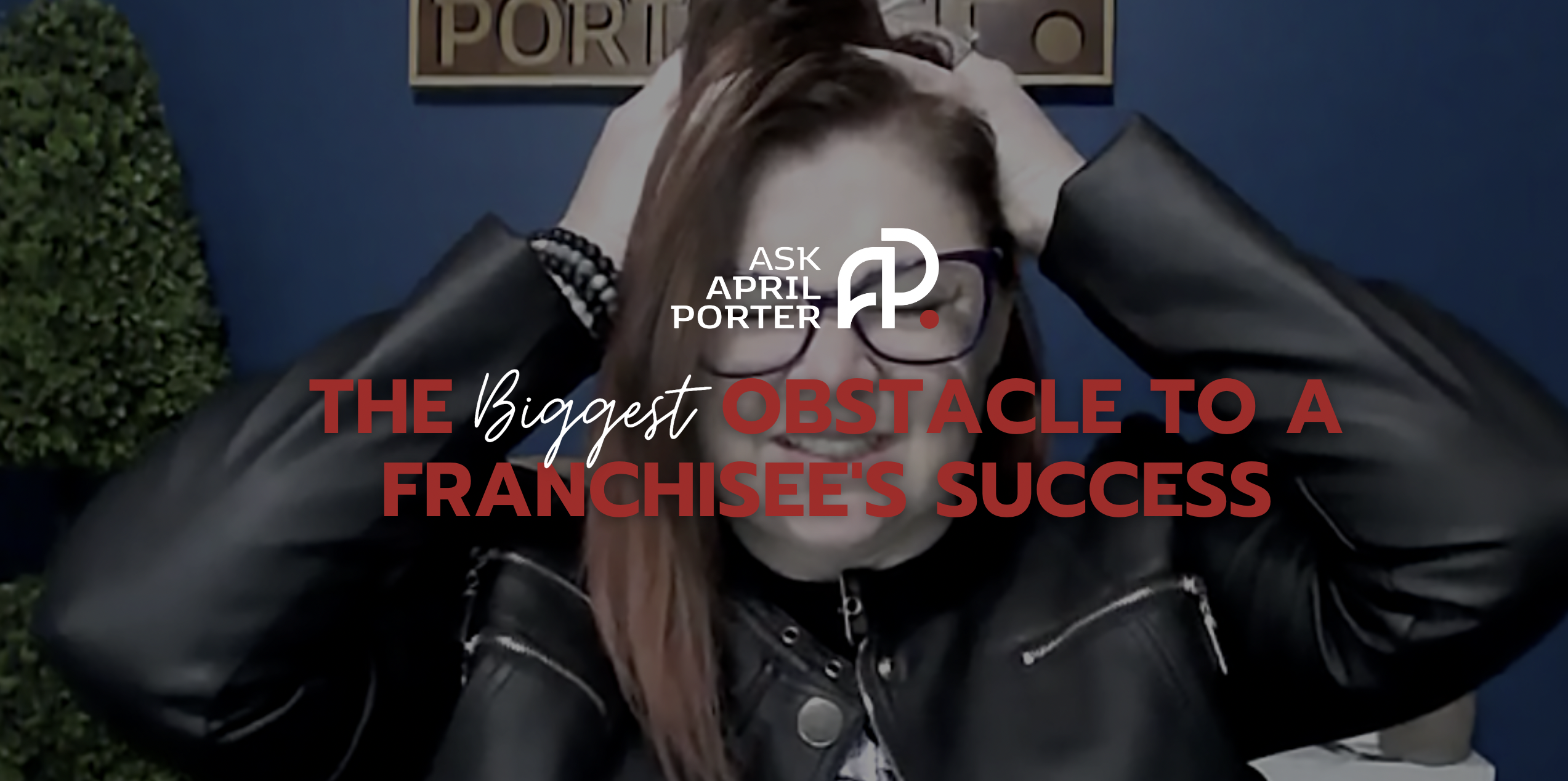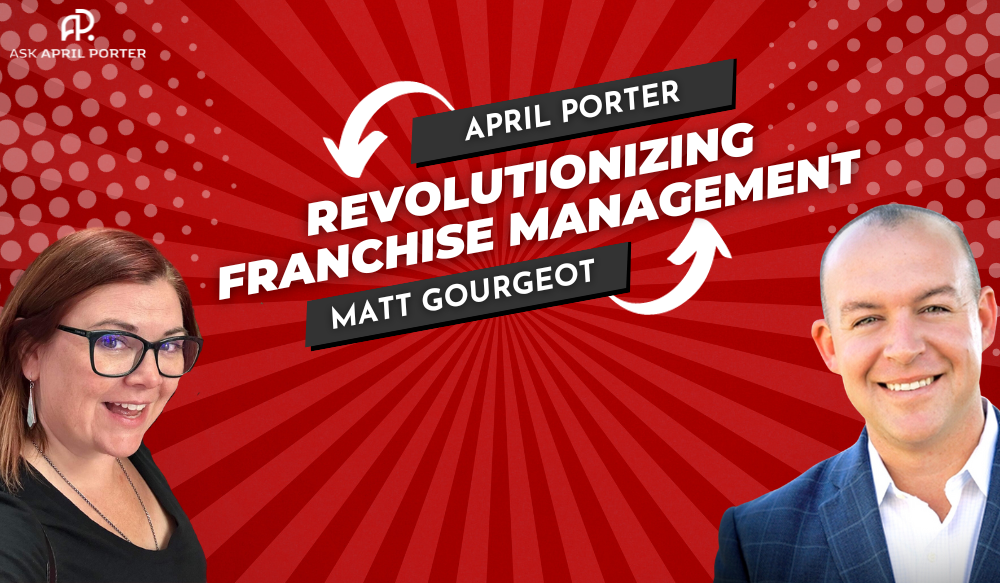How I discovered the Franchise Gap
I was feeling pretty good as a franchisee in my first location. I had followed the franchisor’s instructions explicitly. I mastered the training...

So often, humans like to pretend they are ostriches. (You see where I am going with this…) We like to put our heads in the sand - even those of us that are go-getters, high-achievers, success-driven, multi-taskers with abundant home lives.
More likely than not, there is an area of life that we just want to ignore, whether it is global warming, or local elections, or an underperforming employee, or even just the dishes in the sink. We have a lot to juggle on a daily basis, and the truth is, we can’t take action on everything that needs doing in the world.
But, if you are a franchisor, you cannot afford to ignore the Franchise Gap.
The Franchise Gap is that space between the franchise model, all the training and support a franchisor provides so that a franchisee can become a master of the model, and the strategic thinking, leadership, employee development, marketing strategy, sales charisma, growth and expansion skills that a franchisee is expected to bring to the equation.
So often, a franchisor believes they are providing everything a franchisee needs to be successful, but the franchisee is craving more, much more.
See, each franchisee has a unique vision of success. Some envision themselves as “the owner” - the local face behind the counter that builds strong relationships with regular customers. Some want to achieve a level of income and freedom that was out-of-reach working a corporate job. Some want to build an empire and be on the front of magazines.
If the franchisor’s system is not set up to educate, develop and support each franchisee’s path directly to their individual dreams, it is a recipe for unhappy franchisees.
No one wants unhappy franchisees, so why are franchisor’s ignoring the gap?
It could be one or a combination of reasons, such as:
Ignorance – not knowing the gap exists or being unaware of the business strategies that complement the model and encourage scalability.
Liability – avoiding unwanted legal claims, (e.g. joint employer, vicarious liability, etc.)
Bandwidth – having limited personnel, time, and energy to devote to introducing an upper-level of support to experienced franchisees
Ego – believing that they provide “everything the franchisee needs” to be successful; desiring to control all information a franchisee receives,
Business Owner Bias – believing their dream for every franchisee is the pathway to success rather than viewing the relationship from the franchisee perspective
What a brand will discover, once taking its head out of the sand, is that the franchisor does not need to fill the gap themselves. They need to acknowledge the discrepancy between a franchisee’s expectations and the franchisor’s support in three ways.
When the franchisee enters into a franchise expecting to invest in their own business development and having the money to do so, they will inevitably grow faster and be ready for expansion sooner. Because current franchisees are the hottest and cheapest leads, the franchise with grow faster and more efficiently.
Filling the Franchise Gap is a win-win for everyone involved.
Contact April at april@askaprilporter.com to have a conversation exploring whether the Franchise Gap exists in your brand and what strategies you can use to fill it.

I was feeling pretty good as a franchisee in my first location. I had followed the franchisor’s instructions explicitly. I mastered the training...

Sometimes franchisors and I are not on the same page. When that happens, it is mostly because the franchisor is looking at a problem and looking for...

In today's rapidly evolving business landscape, technology plays a pivotal role in driving success and growth. This is especially true in the...